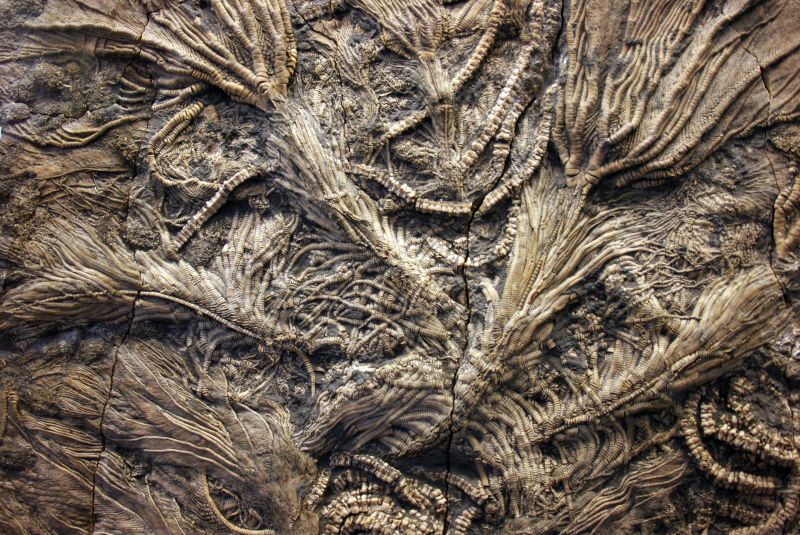Preserved proteins reveal a more accurate tree of life
Paleontology has long been regarded as the domain of dinosaur bones, teeth, and shells. During fossilization, these hard, organic scaffolds behave like a rough cast, providing structure for the assembly of minerals that will endure after the organics degrade. In this paradigm, soft tissues degrade too quickly for fossilization timescales, but perplexingly, structures which morphologically resemble them are common.
A team led by Yale graduate student Jasmina Wiemann investigated the nature of these structures using a sample of vertebrate fossils from the Peabody Museum of Natural History collection. The researchers removed hard material from the fossils in a process called decalcification to isolate potential organic matter. Curiously, all the organic samples were brown in color, suggesting they had a common chemical composition.
To explore this further, the team took fresh tissues rich in protein and subjected them to accelerated conditions for fossilization. Remarkably, the transformed tissues exhibited a brown color and composition reminiscent of the Peabody specimens. These findings suggest that the organic proteins in the Peabody specimens survived and metamorphized into a more stable, discolored polymer, visible to the unaided eye as the dark tinge on some fossils. The study shows that not only are organic structures, like cells and even organelles, preserved, but also that their preservation is surprisingly common in fossils formed under oxidative conditions.
Scientists often use DNA testing to determine how living species are related, but DNA, which degrades easily, does not survive long in fossils. For long-extinct species, preserved proteins could be the next widely-used bio-informed molecule to more accurately reconstruct the tree of life.

